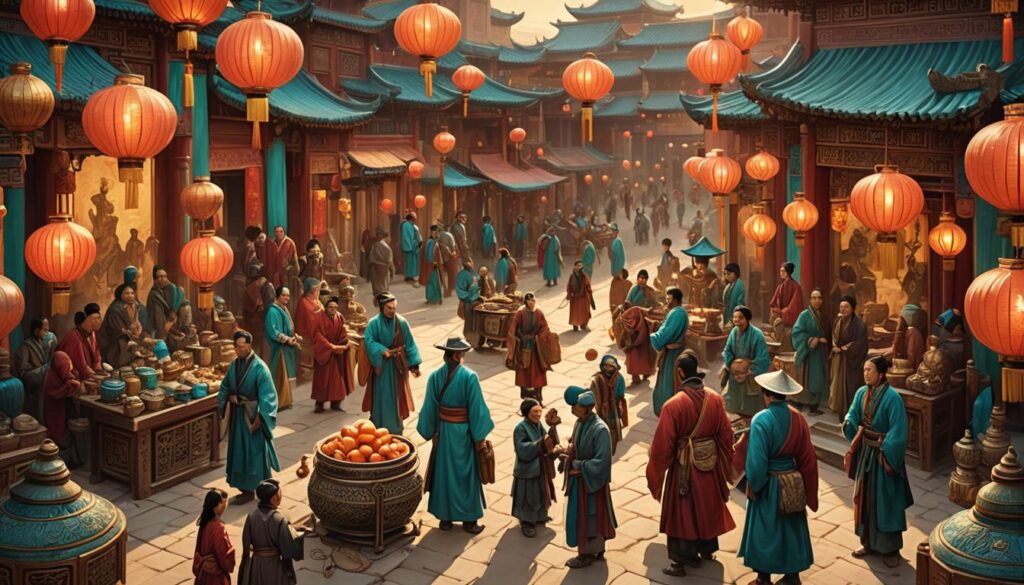The poverty alleviation system of China

The poverty alleviation system of China
Since 1979, China experienced rapid economic growth, which led to lifting 800 hundred millions of people out of poverty. This was achieved through a combination of government policies, economic reforms, and social programs that targeted poverty alleviation. In this article, we will examine the main ideas, concepts and practices of the poverty alleviation system that enabled China to achieve this feat.
The Ideas and Concepts
Rural Development
One of the main ideas of China’s poverty alleviation system was to focus on rural development. The majority of poor population of China lived in rural areas, and the government recognized that rural development was necessary to reduce poverty. To achieve this, the government invested heavily in rural infrastructure, including roads, electricity, and water supply. The government also provided subsidies to farmers, improved access to credit, and invested in agricultural research and development.
Economic Reforms
Another key idea of China’s poverty alleviation system was to implement economic reforms that would increase productivity and generate economic growth. The government implemented market-oriented reforms that encouraged private enterprise and foreign investment. This led to an increase in exports, which helped to generate income and create jobs, also implemented policies that encouraged urbanization, which helped to reduce poverty in rural areas by providing opportunities for people to migrate to urban centers and find work.
Social Programs
The third idea of the poverty alleviation system of China was to implement social programs that targeted the most vulnerable populations. The government implemented a range of social programs, including education, healthcare, and social welfare, provided free primary education to all children, which helped to reduce the education gap between urban and rural areas. Providing free healthcare to all citizens, which helped to reduce healthcare costs and improve health outcomes was part of the project, such as social welfare benefits to the elderly, disabled, and other vulnerable groups.

The Practice
Targeted Poverty Alleviation
To implement the poverty alleviation system, the government targeted specific groups and regions that were most affected by poverty, identified poverty-stricken counties and provided targeted support to those areas and also focused on specific populations, such as ethnic minorities, and provided support to help them improve their economic and social conditions.
Collaboration and Coordination
The leaders also recognized the importance of collaboration and coordination between different government departments and organizations. The government established a poverty alleviation leading group, which was responsible for coordinating poverty alleviation efforts across different departments and organizations as well as encouraged public-private partnerships to support these efforts.
Monitoring and Evaluation
To ensure the effectiveness of poverty alleviation efforts, the government implemented a system of monitoring and evaluation, established performance indicators and regularly monitored progress against these indicators, also conducted evaluations of poverty alleviation projects to determine their effectiveness and identify areas for improvement.
The Conclusion
In conclusion, China’s poverty alleviation system was based on a combination of government policies, economic reforms, and social programs that targeted poverty alleviation. The system was built on the idea of rural development, economic reforms, and social programs, which were implemented through targeted poverty alleviation, collaboration and coordination, and monitoring and evaluation. The system has been effective in lifting hundreds of millions of people out of poverty, and it provides a useful model for other countries that are looking to reduce poverty and improve economic and social conditions.








